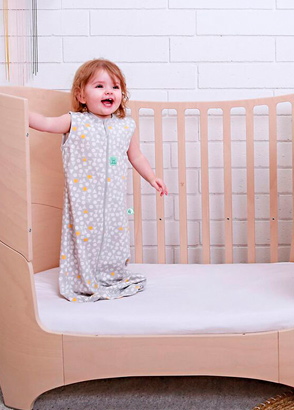There are many different ways to encourage your baby to sleep better, and many different reasons why parents feel the time is right to encourage more sleep. At The Sleep Store we believe each family can make this decision for themselves, and our information is provided judgement free about which technique is right for you in your own unique situation.
The information in this article about the Verbal Reassurance technique is based on the work of the team at Sleepy Planet, authors of The Sleepeasy Solution Book Jill and Jennifer are family psychologists who have worked with thousands of families over the years and can recommend their techniques with confidence and expertise.
If you have made the decision that you all need some more sleep quickly and are aiming for your child to sleep through within a week, then this is the technique we suggest you look at first. While no-one in our team, or the Sleepy Planet team, like to hear a child crying, parents have their reasons for needing more sleep. Where your own health, your parenting or your child's well being is suffering from lack of sleep, our view is that you are better to use this effective and quick technique to help your baby learn to sleep rather than taking a slower or inconsistent approach that means your baby will still have poor sleep in weeks or months to come.
While you will certainly hear some crying, most babies respond quickly to this technique and within a couple of nights are sleeping far better and not waking up crying as they may have been for months. So think of the outcome of a baby who sleeps through the night without waking crying, rather than worrying about the possibility of some crying for a couple of nights.
However if you aren't in a hurry or your baby is under 6 months of age, please refer to our article on Gently encourage your baby to self settle.



